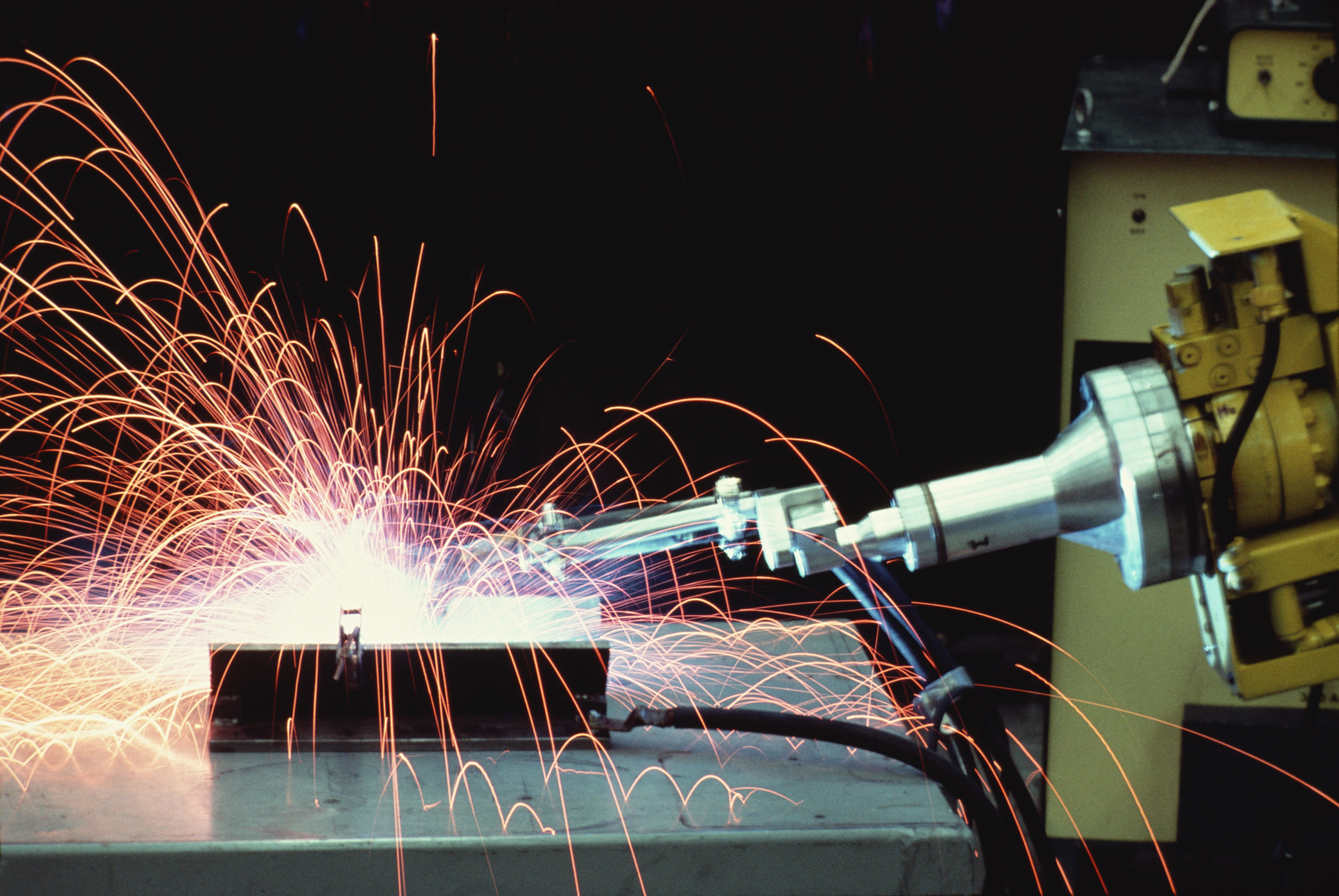

ARC Advisory Group has been steadily expanding our research into edge devices, one of the hottest topics in industry today. We’re particularly interested in learning how end users in the discrete and process industries are connecting to and leveraging “the edge” to prevent unscheduled downtime and improve operations. Edge computing enables end users to get the required device data in real-time or near real-time to help make better decisions and maybe even provide control for certain processes. For this to work, it means that the edge device, its embedded software, edge servers, the gateways and cloud infrastructure must all be up and running correctly 24/7 to prevent unscheduled downtime.
The edge, defined as a place where computing occurs in between the data center and the cloud, extends to industrial devices, machines, controllers, and sensors. Edge computing and analytics are increasingly being located close to the machines and data sources. As the digitization of industrial systems proceeds, analysis, decision-making, and control are being physically distributed among edge devices, edge servers, the network, the cloud, and connected systems, as appropriate. These functions will end up where it makes the most sense for them to be, making it essential for today’s automation assets to be designed to leverage the edge.
Edge computing bridges the IT and OT worlds, making it a focal area for IT/OT convergence. This is particularly obvious as edge devices evolve beyond their traditional role of serving field data to upper level networks and emerge as an integral part of the industrial internet architecture. Today, the IT organization owns more and more of the architecture and standards associated with the industrial internet, including both clouds and networks.
With edge computing and analytics, data is processed near the source in sensors, controllers, machines, gateways, etc. These systems may not send all data back to the cloud, but the data can be used to inform local machine behaviors as it is filtered and integrated. The edge systems may decide what gets sent, where it gets sent and when it gets sent. Placing intelligence at the edge helps address problems often encountered in oil rigs, mines, chemical plants, factories, and other industrial sites. These problems include low bandwidth, low latency, and the perception that its best to keep mission-critical data on site to protect IP.
As process and discrete end users implement edge devices that connect their machines, equipment, and production systems to the digital enterprise, they would like to see real-time intelligence at the edge. In today’s connected factories and plants, edge computing will provide the foundation for the next generation of smart connected devices and the digital enterprise. These intelligent edge devices can aggregate and analyze sensor and other data and stream information to support predictive analytics platforms. ARC believes that edge intelligence could even extend to support the digital twin.
Hybrid approaches utilizing edge computing and the cloud will provide end users with actionable information to support real-time business decisions and support asset monitoring, data analytics, process alarming, and process control, as well as machine learning and the emerging AI ability for machines to make sense of and act on complex data patterns. Increasingly, the computational capabilities from both edge and cloud computing are migrating into the gateways and edge devices.
Clearly, as more industrial end users discover the multi-faceted benefit of edge computing, we’ll see significant proliferation of the technology. But it’s equally clear that for this to happen, cybersecurity concerns must first be addressed. While edge devices afford a way to connect plant and factory ecosystems, products and equipment in the field, and even the processing and manufacturing supply chains; these devices and connections must be made secure and reliable.
Smart manufacturing and edge computing with information-enabled operations offers virtually infinite potential to improve business performance. Companies will be able to use data that has long been stranded inside machines and processes to quickly identify production inefficiencies, compare product quality against manufacturing conditions, and pinpoint potential safety, production, or environmental issues. Remote management of this edge infrastructure will immediately connect operators with off-site experts to be able to avoid or more quickly trouble-shoot and resolve downtime events.
Finally edge and cloud computing architectures will accelerate IT and OT convergence. As a result, IT and OT professionals who previously only oversaw their own individual systems are learning about the counterpart technologies. IT professionals must have the skills to transfer their experience of enterprise network convergence and ubiquitous use of Internet Protocol into manufacturing and processing applications. OT professionals must possess the skills to migrate from yesterday’s islands of automation to today’s plant-wide, information-centric edge and cloud architectures to enable the secure flow of information throughout the manufacturing and production enterprise and beyond.


